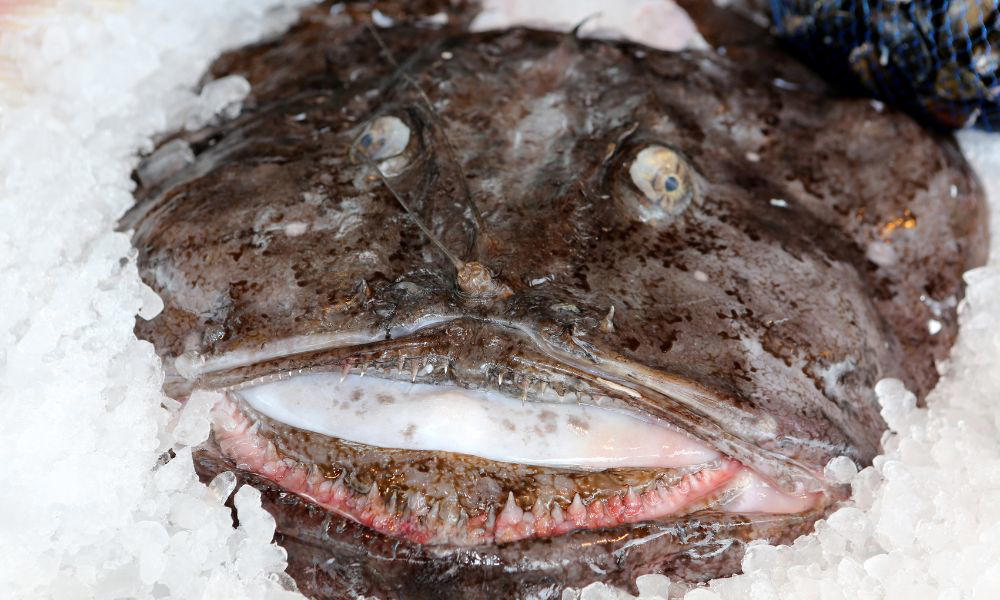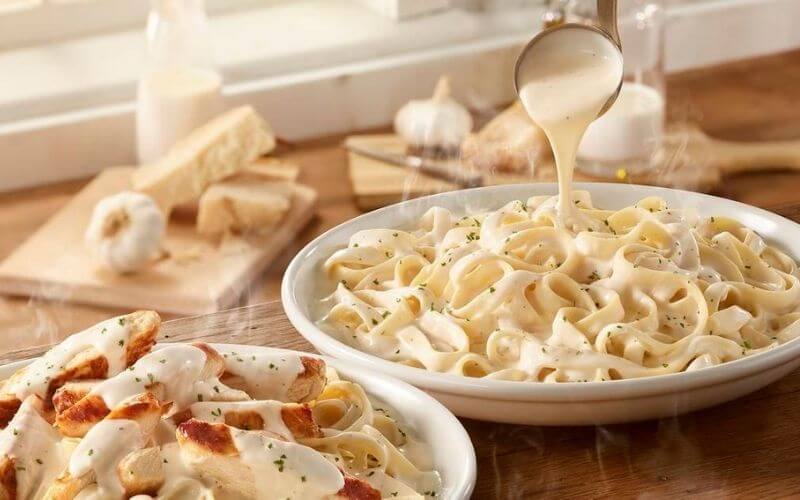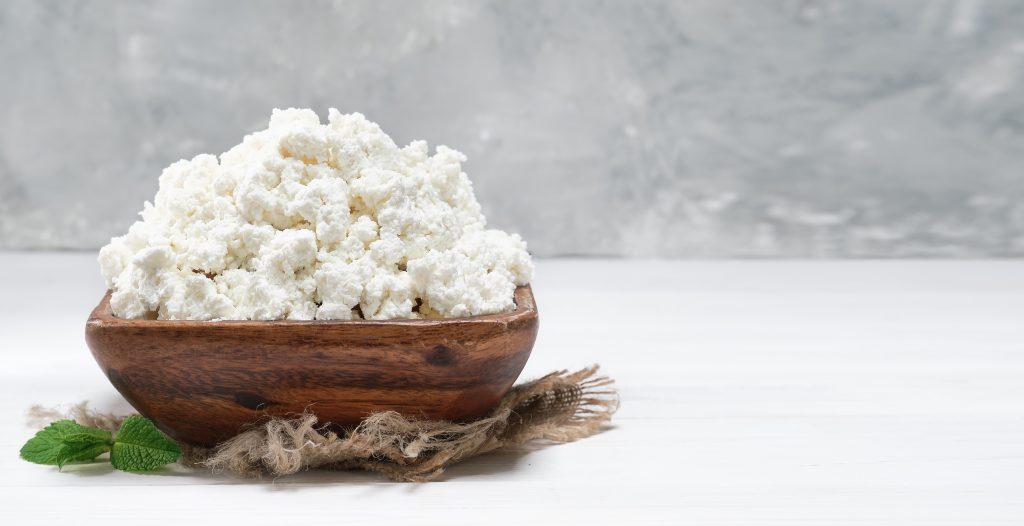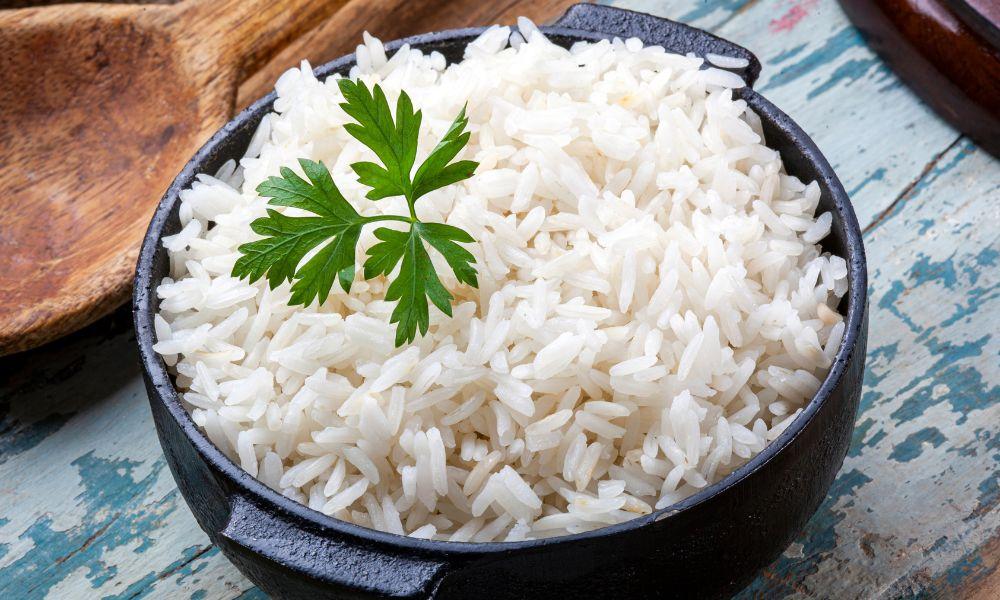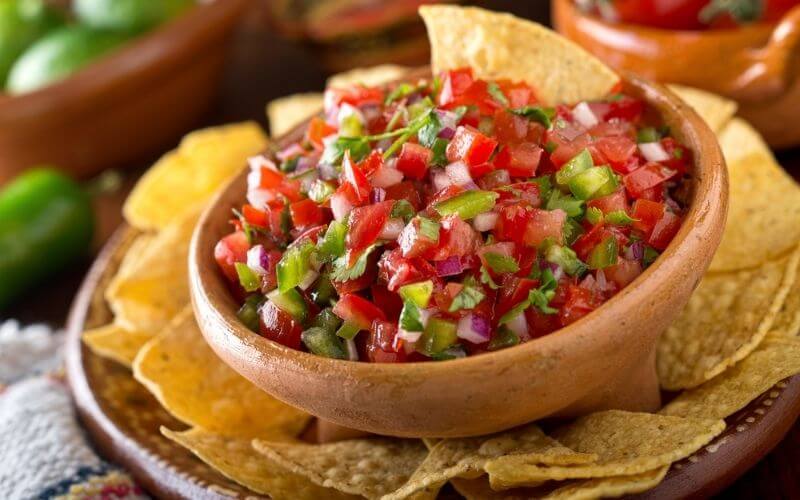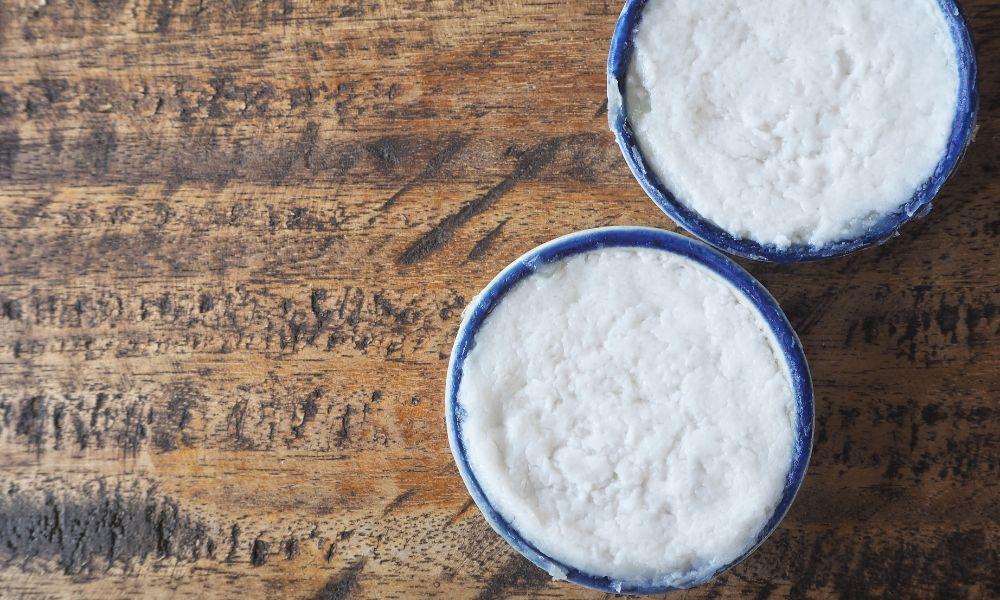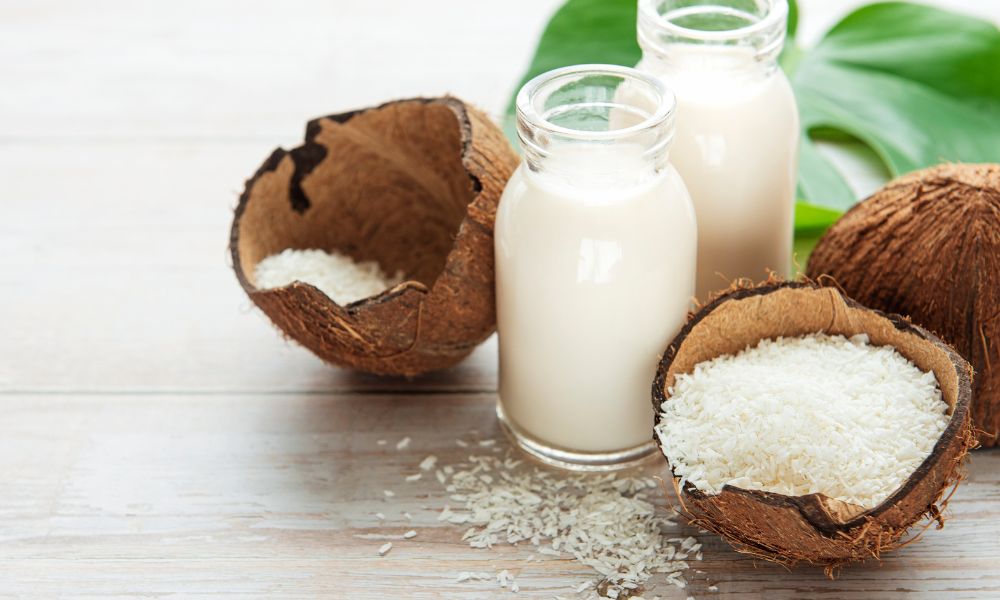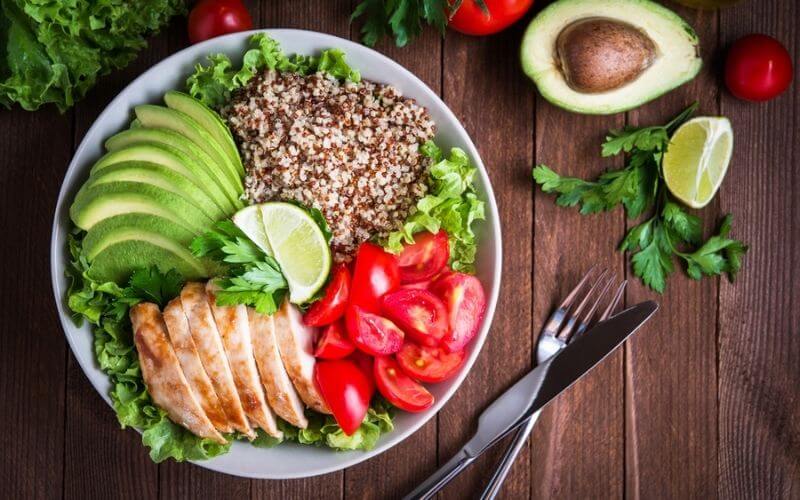Looking to make sense of Imperial vs. Metric units? This guide demystifies the differences to make conversions easy – think inches to centimeters, yards to meters, or miles to kilometers. Before diving in, check out our handy calculator below, designed to simplify your conversion tasks. Let’s get started!
Result:
[su_note note_color=”#22CCCE” text_color=”#FFFFFF”]The U.S. uses units like feet and pounds in the imperial system. Most other countries use the metric system with units like meters and grams. Both systems have good and bad points. Using one system in a project is key to avoiding mistakes. [/su_note]

Overview: Imperial vs. Metric Systems
The world uses two main systems for measuring: the imperial and metric systems. The metric system is based on tens. It uses units like meters and grams. The United States mainly uses a different system. This system has feet, inches, and pounds. Knowing these differences is vital. It helps you measure accurately in fields like engineering and research.
| Measurement System | Basic Units | Sub-Divisions | Pros | Cons |
|---|---|---|---|---|
| Imperial | Length: foot, Weight: pound | 12 inches = 1 foot, 3 feet = 1 yard, 16 ounces = 1 pound | Various units potentially fit different contexts (such as estimating distances) better due to their size. | Different units with complex conversion factors that need memorization, potentially leading to errors. |
| Metric | Length: meter, Weight: gram, Volume: liter, Temperature: Celsius | Easy to convert, with each unit related by factors of ten (e.g., 1,000 millimeters = 1 meter) | Simplicity and consistency due to being decimal-based. Makes calculations and conversions straightforward. | While it might have limited cons, it can be challenging for those who have grown up or work in an environment where the Imperial system is the norm. |
The first major difference between the two systems is in basic units. In the metric system, a meter measures length. A meter is how far light travels in empty space in a set time. Weight is measured in grams. In the imperial system, feet measure length. Pounds measure weight.
A big difference between the two systems is not just in basic units. The metric measurements use prefixes like kilo, milli, and centi for easy unit changes. The imperial system set rates to change units. In the imperial system, 12 inches equals one foot. Also, 3 feet equals one yard.
Core Differences
| Metric System | Imperial System |
|---|---|
| Based on decimals | Conversion factors vary |
| Each unit is related by factors of ten | Various specific conversion factors require memorization |
| Conversion is simply moving the decimal point | Conversion may involve complex multiplication or division |
| Preferred in science and math due to simplicity | It can seem more intuitive for tasks like estimating distances |
| Makes global communication easier due to the widespread use | Familiarity for people in countries that predominantly use it, such as the U.S. |
The imperial and metric systems have different basic units and ways to change units. These differences affect how people use each system.
The metric system is simple because it is based on decimals. Each unit is related by ten factors, making calculations and conversions straightforward. For instance, converting from millimeters to meters only requires moving the decimal point three places to the left. Such ease of use makes the metric system popular in science and math.
The imperial system has various conversion factors that need memorization. This can lead to confusion or errors. However, some find these factors intuitive for tasks like estimating distances.
Think about this idea. Using different measurement systems is like using different languages. Each system follows its own rules and conventions. Some people are at ease using a native system such as the imperial system. A global system, such as the metric system, makes talking to people worldwide easier.
The metric system has clear links between its units and simple conversions. Still, some situations make the imperial system more convenient. For accurate and clear talk in different fields, you need to know the pros and cons of each system.
Now, it’s time to focus on the imperial system in detail.
Detailed Imperial System Breakdown
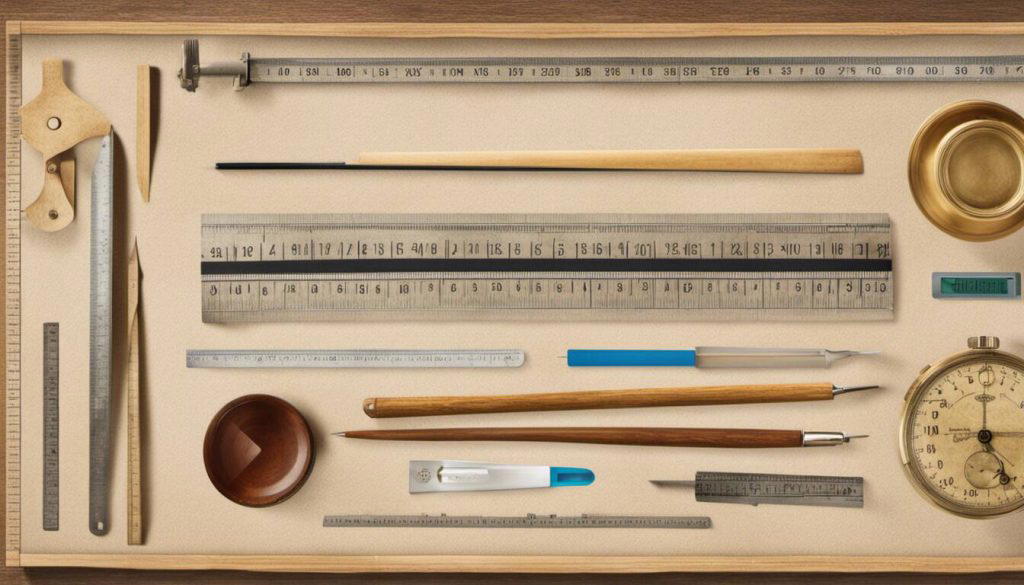
The imperial system is mainly used in the United States. For people used to the metric system, it may seem foreign. Don’t worry! The article will break down key parts and measurements of the imperial system.
Length Measurement
First and foremost, let’s start with one of the fundamental units: length. In the imperial system, distance is measured in feet. A foot is divided into twelve inches, and twelve inches comprise a single foot.
For example, if you were to measure the height of a door, you might find it to be approximately 6 feet 8 inches tall. So, imagine seven rulers stacked on top of each other, with an additional eight inches beyond that.
Weight Measurement
Now, let’s turn our attention to weight. In the imperial system, we use pounds as the unit of measurement. To give you an idea of what a pound represents, consider that a small bag of flour typically weighs around 2 pounds.
Additionally, we use another unit called stone when it comes to larger masses such as people or objects. One stone is equivalent to 14 pounds. This unit is more commonly used in the United Kingdom than in the United States.
Let’s say you’re trying to gauge how much luggage you can take on your flight and realize you’re allowed 50 pounds. Picture five bags of sugar sitting on a scale – roughly 50 pounds.
Volume Measurement
Lastly, we have units like gallons and fluid ounces for volume measurements. A gallon equals about 3.8 liters or roughly four large milk containers. A fluid ounce is a smaller unit of volume often used for measuring liquids.
For instance, when buying a shampoo bottle containing 16 fluid ounces, picture your average-sized water bottle filled four times with liquid.
Now that we’ve covered the basics of the imperial system let’s explore some key units and measurements within the metric system.
Key Units and Measurements

Ah, the metric system – embraced by most countries worldwide for its logical and decimal-based units. Let’s dive into the intricacies of this system and examine its key elements.
Length Measurement
In the metric system, a key unit is a length measured in meters. One meter is about three feet long. A standard track is about 400 meters long, or four times an Olympic-sized pool.
Weight Measurement
Regarding weight, the metric system employs grams as its primary unit. Picture a small paperclip on a scale—that weighs approximately one gram. For larger masses, such as people or objects, we use kilograms equal to 1000 grams.
To visualize this, imagine a standard bag of flour weighing around 1 kilogram or slightly more than two pounds in the imperial system.
Volume Measurement
Finally, let’s discuss volume measurements. The metric system uses liters as our main unit for liquids and other substances. To grasp what a liter looks like, envision a standard water bottle with a capacity of 1 liter.
Fun fact: Did you know that in the metric system, a milliliter of water weighs exactly one gram? This unique link allows for exact math and makes unit changes very easy!
You gain insights into key units and measurements in the imperial and metric systems. Now you can see their differences. You are also ready for conversion tasks.
Only three countries – the United States, Liberia, and Myanmar – officially use the imperial system over the metric system.
- The metric system was first introduced in France in 1795 and is now used by 94% of the world’s population.
- The National Institute of Standards and Technology conducted a survey in 2018. The survey showed that about 25% of Americans know metric and imperial systems. However, they mainly use the imperial system for daily measurements.
In-Depth Look at the Metric System
The metric system is a decimal-based system used globally. It’s easy to use and consistent. In contrast, the imperial system has complex conversion factors.
Length in the metric system is measured in meters. Meters are easy to understand. Converting units is simple, thanks to kilo-, centi-, and milli- prefixes.
The metric system also covers mass, time, volume, and temperature. All units are interconnected for easy use in science and daily life.
Now that you know the metric system well, let’s look closely at its key units of measurement.
Significant Units of Measurement
In the metric system, key units of measure act as blocks for many uses. These units are common in different fields and make for exact and like checks.
Length: Meter
The meter equals the distance light travels in a vacuum during a set fraction of a second. Meters make it easy to measure distances from tiny to huge.
Mass: Gram
A gram equals one-thousandth of a kilogram and serves as a handy base unit to measure object mass. Grams make exact math easy, making simple swaps between big and small units like kilograms and milligrams possible.
Volume: Liter
The liter is the main unit of room in the metric system. It shows the room one cubic decimeter takes up, fitting it well for checking liquids and other things. Liters simplify math with fluids and offer a clear unit for day-to-day measures.
Temperature: Celsius
The Celsius scale sets water to freeze and boils points at 0 and 100 degrees under set air states. The Celsius scale makes steady heat checks in science fields and sets a clear rule for number study.
These are just a few key units in the metric system. By using these units, people all over the globe talk well in a shared measure talk. This helps global work and moves many kinds of knowing ahead.
The metric system uses set units of measure like the meter for long, gram for weight, liter for room, and Celsius for heat.
The metric system uses set units of measure like the meter for long, gram for weight, liter for room, and Celsius for heat. Converting [Celsius to Fahrenheit] is also straightforward, helping international communication in scientific research. These units make exact and true checks across science fields, making global work and advance doable.
These units make exact and true checks across science fields, making global work and advance doable.
Guide to Converting Imperial to Metric
Converting from imperial to metric can seem hard. With practice, accurate conversions become easy. Let’s explore a step-by-step guide to converting imperial measurements to the metric system.
| Type of Measurement | Imperial Unit | Metric Unit | Conversion Factor (from Imperial to Metric) |
|---|---|---|---|
| Length | Inch | Centimeter | Multiply by 2.54 |
| Length | Foot | Meter | Multiply by 0.3048 |
| Length | Mile | Kilometer | Multiply by 1.60934 |
| Weight | Pound | Kilogram | Multiply by 0.4536 |
| Volume | Gallon | Liter | Multiply by 3.78541 |
Identify the type of measurement you are dealing with as the first step. Know the type of measurement first, then start the conversion process.
Next, learn your specific measurement’s conversion factors between the imperial and metric systems. For example, if converting inches to centimeters, use the conversion factor 2.54. One inch equals 2.54 centimeters. If you’re converting pounds to kilograms, use the conversion factor 0.4536. One pound equals 0.4536 kilograms.
To convert 10 inches to centimeters, multiply by 2.54. This gives you 25.4 centimeters. Keep in mind you might need multiple steps for some conversions. For instance, to convert 5 miles to kilometers, multiply 5 by 1.60934.
Convert fractions or mixed numbers to decimals before starting the conversion. This step makes the results more accurate. Double-check your conversions and round them correctly for precise results.
Your confidence in converting imperial measurements to the metric system will grow with practice. Many online tools and mobile apps can help. Such tools offer correct conversions and speed up the math, even for tricky or rare measurements.
Now that you have explored a step-by-step guide to converting imperial measurements to the metric system let’s move on to another helpful tool: the practical conversion chart.
Practical Conversion Chart for Daily Use

Practical Conversion Chart for Daily Use Converting units from imperial to metric can feel hard, especially in a rush. A practical conversion chart helps in such situations. Keep a conversion chart ready to avoid mental calculations for unit conversions.
| Measurement Type | Imperial Unit | Metric Unit | Conversion Factor |
|---|---|---|---|
| Length | 1 inch | 2.54 cm | x 2.54 |
| Length | 1 foot | ~0.30 meter | x 0.3048 |
| Weight | 1 pound | ~0.45 kg | x 0.4536 |
| Volume | 1 fluid ounce | ~29.5735 ml | x 29.5735 |
| Volume | 1 gallon | ~3.78541 liters | x 3.78541 |
For example, if you cook with imperial measures but only have metric cups, you might need to convert ounces to milliliters fast. A conversion chart saves you time and prevents errors.
Having a conversion chart is very useful for overseas trips. Most of Europe, Australia, and New Zealand only use the metric system. If you know how to convert units, unfamiliar measurements become easy to understand.
Some say learning to convert units is unnecessary because the metric system is the world standard. Yet, industries like construction and manufacturing in the United States still use imperial units. Knowing both systems is key to success in these fields.
Learning unit conversions is like learning a useful skill. You might not use the skill daily, but it makes life easier when you do.
A conversion chart is key for quick unit changes. It saves time and prevents errors.
Frequently Asked Questions (FAQs) Regarding Unit Conversion
Which countries primarily use the imperial system, and which use the metric system?
The metric system is the main measurement system in most countries. This includes Europe, Asia, and South America. The United States, Liberia, and Myanmar mainly use the imperial system.
What are some common industries or professions that exclusively use one measurement system?
Construction and engineering often use one measurement system. In the United States, these fields mainly use the imperial system. This is due to history and tradition. Another example is scientific research, which often uses the metric system. This is because it is globally accepted and aligns with scientific norms. A survey shows 96% of manufacturers use metric units in international trade.
Are there any advantages or disadvantages to using one measurement system over the other?
The Metric system and the Imperial system both have pros and cons. The Metric system is logical and easy to use. It is also globally accepted. The Imperial system has cultural importance in some countries but can be confusing. A survey shows that 95% of people worldwide prefer the metric system.
How do you convert measurements from imperial to metric or vice versa?
Converting measurements between systems is simple. For length, use the right conversion factor. For example, multiply inches by 2.54 to get centimeters. For weight, also use a conversion factor. For example, multiply pounds by 0.45 to get kilograms. For temperature, a formula is needed. Conversion factors are accurate and accepted globally.
Is there a movement towards standardizing one measurement system globally?
Discussions exist about global standardization of measurement systems. Yet, no significant efforts are underway. Practical challenges prevent a quick transition. In 2023, over 100 countries use the metric system. Others still use imperial units.
